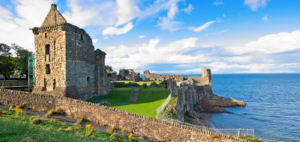American Independence Museum: Visitor Guide & 6 Fun Local Attractions

Updated On: April 24, 2024 by Courtney Augello
The American Independence Museum, located in Exeter, New Hampshire, transports visitors back to the 1770s when the United States was fighting for its independence from British rule. The stories told through the exhibits and artefacts were crucial to the success of the Colonists in their fight.

In addition to the American Independence Museum, the small town of Exeter is bursting with other historical sites and interesting attractions. Museums dedicated to the town’s important past during the American Revolution, annual festivals, and more are sure to make any visit one to remember.
To help you get the most out of your visit to Exeter, fully explore the histories held in the American Independence Museum, and have the best holiday, we’ve done a deep dive into the town’s historic attractions.
Table of Contents
History of the American Independence Museum
The American Independence Museum was founded in 1991 after old documents were found dating back to before the United States was free from British control. Six years prior, in 1985, an electrician was working and found a Dunlap Broadside, an original copy of the Declaration of Independence, which was printed on 4 July 1776.
The Broadside was found along with old newspapers. It is not certain how many broadsides were printed, but historians believe the number to be around 200. These copies of the Declaration of Independence were then shipped all over the country and to England.
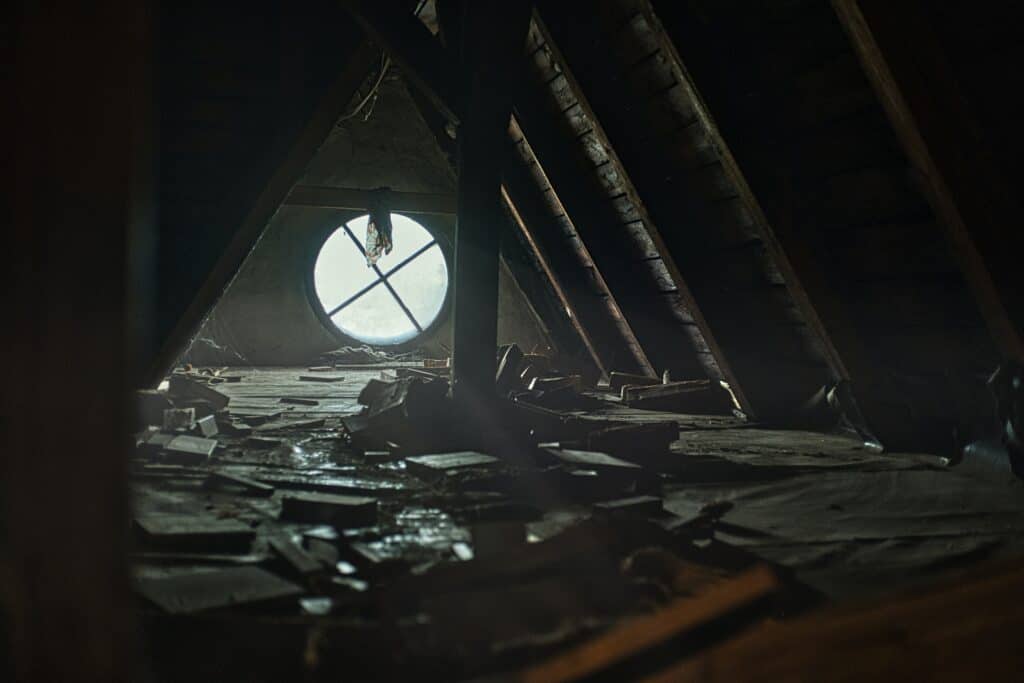
After this document was found and authenticated, it was decided that a museum should be opened to educate the public about the Declaration of Independence and the American Revolutionary War.
Today, the American Independence Museum sits on a 1-acre plot of land. The museum includes 2 historic buildings and is dedicated to preserving the history of the American Revolution and connecting the country’s past to the present.
The first building on the campus is the Ladd-Gilman House, one of the first brick houses built in New Hampshire. The house was built in 1721 and is registered as a National Historic Landmark. The second building, the Folson Tavern, was built in 1775 and is listed on the New Hampshire State Register of Historic Places.
Where is the American Independence Museum Located
The American Independence Museum is located in Exeter, New Hampshire. The first English settlers arrived in the town in 1638 and named it after the town of the same name in Devon, England.
A year later, the people of Exeter created their own government to oversee the town. The main trades were hunting, fishing, farming, and keeping livestock. In the mid-1600s, the town’s first gristmill and sawmill were established.
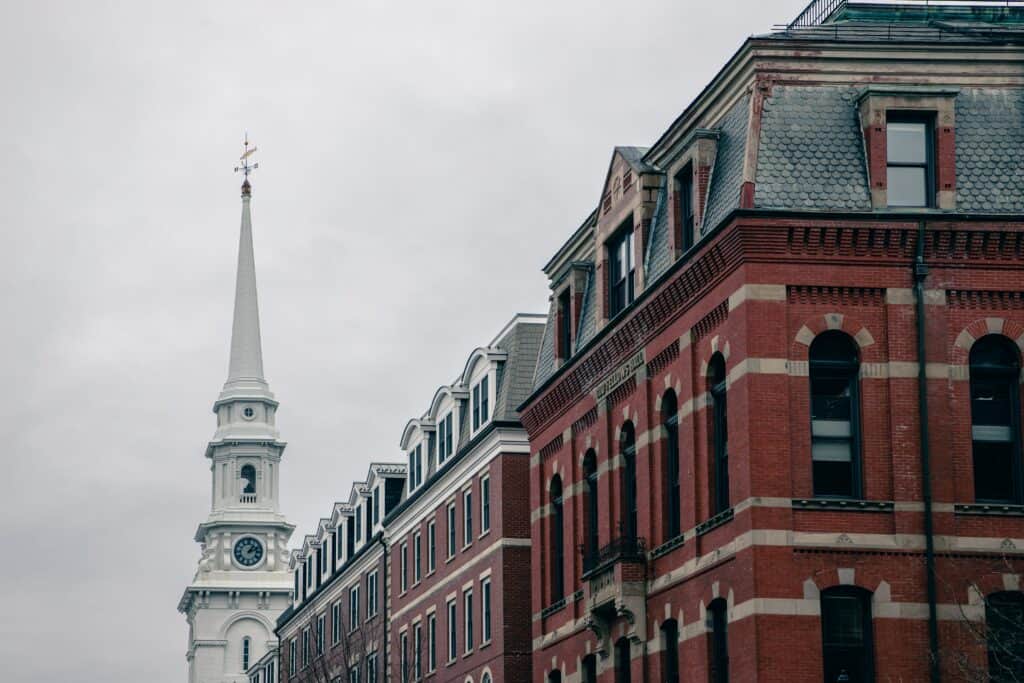
In July of 1775, Exeter became the capital of New Hampshire after the local congress seized the town records from the British Colonial Governor in Portsmouth, the prior state capital. Exeter served as the capital city for 14 years.
After the American Revolutionary War ended, Exeter became home to many freed slaves, the majority of which earned their freedom by fighting in the war. New Hampshire never had a large slave population and banned slavery in 1783.
Today, Exeter is a small town with an urban centre. Approximately 15,000 residents currently reside in Exeter.
How long to spend at the American Independence Museum
Although the American Independence Museum is smaller than others throughout the country, that does not make it any less exciting to explore. Visiting the museum is truly like stepping into history, especially when the tour guides wear period apparel!
It takes approximately 2.5 hours to fully explore the museum and its collections. The house and tavern on site can be explored on your own or while on a guided tour. In addition, the museum features a collection of artefacts, documents, period furniture, 18th-century weapons, and more.
Attractions at the American Independence Museum
Ladd-Gilman House
The Ladd-Gilman House at the American Independence Museum belonged to a merchant family in the 18th century. The family played a large part in the American Revolution and helped the United States become free from British rule.
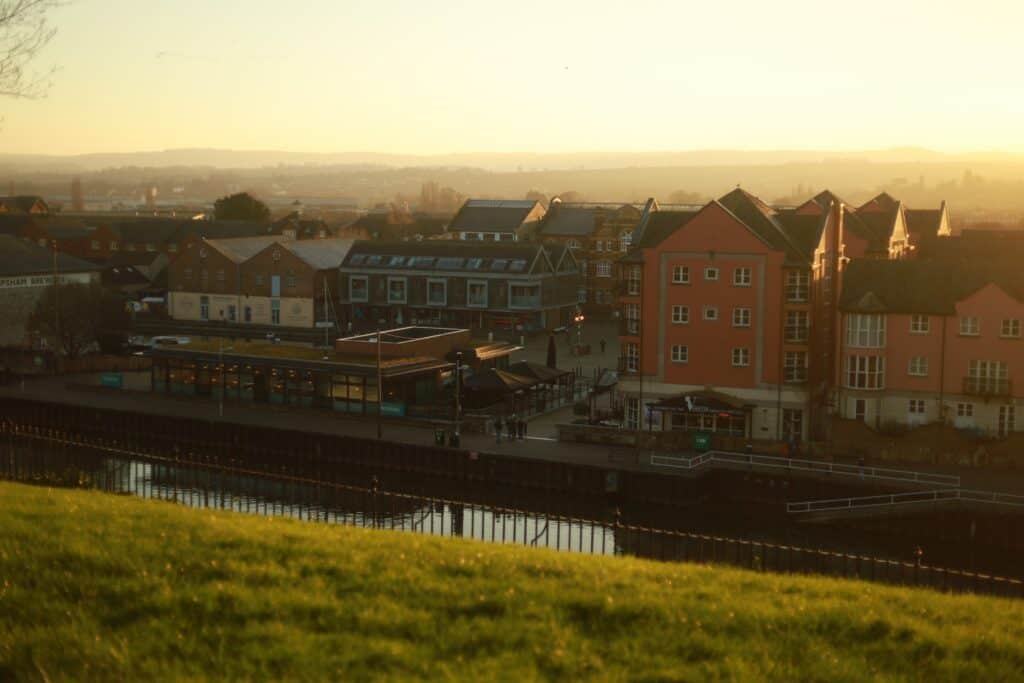
The father of the family, Nicholas Gilman, Sr. was the New Hampshire state treasurer during the war along with his oldest son, John Taylor Gilman. John read the Declaration of Independence to the townsfolk in 1776 and would go on to become the state’s fifth governor.
John’s younger brother Nicholas Gilman, Jr. was born in the house in 1775. He served in Washington’s Continental Army during the American Revolutionary War and then became a senator for New Hampshire. His signature is on the US Constitution.
Exhibits around the house take visitors back in time to the American Revolution. They provide details on the Gilman family, how they lived, and the roles they played during the war.
Folsom Tavern
Folsom Tavern was built by Colonel Samuel Folsom during the American Revolutionary War. Men of the town gathered at the tavern to eat and have political debates and discussions during the war.
After the war was won, the tavern served as a popular place for the townsfolk to meet and relax. The tavern was so popular, in fact, that George Washington, the first US president, visited and had a meal there in 1789 while he was touring the country.
After Colonel Samuel Folsom passed away in 1790, the tavern was run by his wife and daughters. The tavern was run by the family until the 1850s.
The Folsom Tavern was originally located in the middle of Exeter on the corner of Mill and Court Streets. However, when the museum bought the tavern in 1929, it was moved to the Ladd-Gilman house.

Nearly 20 years later, in 1947, Folsom Tavern was restored by a historic preservationist in exchange for the ability to live in the tavern. The tavern was restored to its original looks and also modernised.
In the early 2000s, the tavern was moved again to the American Independence Museum campus. Additional restoration efforts were done, including redoing the roof and interior. The tavern opened in 2007.
Today, Folsom Tavern is a permanent exhibit at the American Independence Museum. It is featured on guided tours and can be rented out for parties and special events.
Events at the American Independence Museum
American Independence Festival
The American Independence Festival is held annually at the American Independence Museum and draws thousands of visitors. The festival is held on the 3rd Saturday of July each year and celebrates the anniversary of the original Dublap Broadside reading in Exeter on 16 July 1776 by John Taylor Gilman.
The festival features a parade where performers are dressed in period clothing and reenact scenes from the American Revolution. After the parade, the Declaration of Independence is read aloud to the crowds, followed by live music, games, and more.
During the festival, the original Dunlap Broadside found in the Ladd-Gilman House is on display inside the museum. In addition, booths around the museum campus feature local non-profits, artisan crafts, and food vendors.
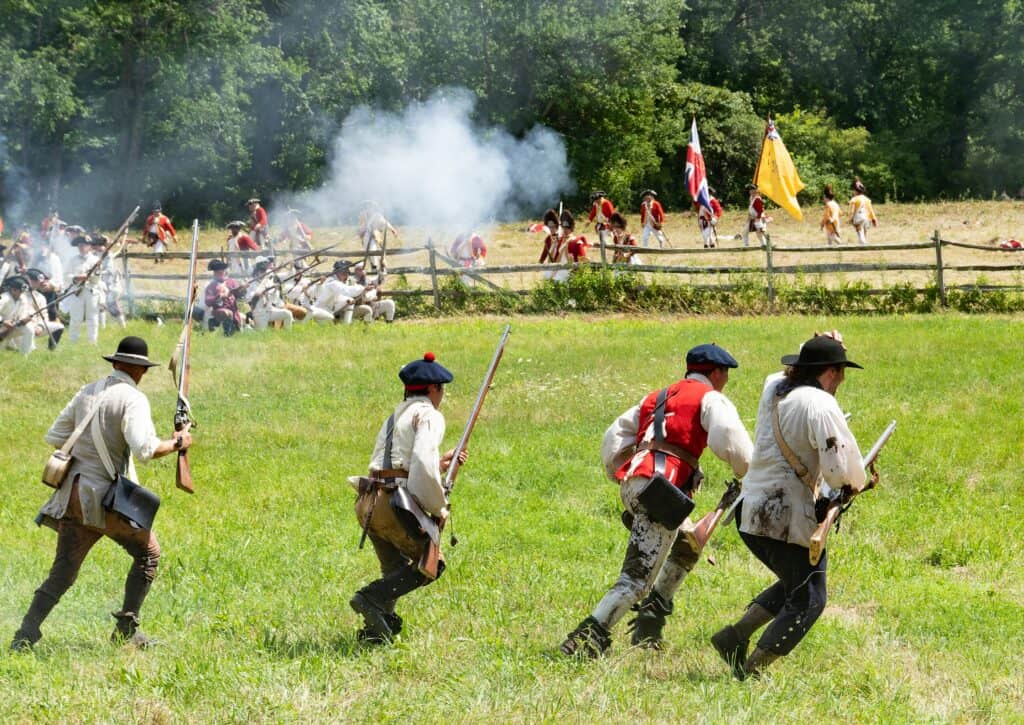
Other Attractions in Exeter, New Hampshire
After you’ve explored the American Independence Museum, don’t be too quick to leave Exeter! Although the town is small, there are many things to do and places to explore. Whether you’re in town for a night or a long weekend, there are plenty of attractions to keep you occupied and entertained.
Museums
In addition to the American Independence Museum, Exeter, New Hampshire, is home to other historic sites and museums. The museums in the town are small enough to cover all of them over a long weekend holiday.
Powder House
The Powder House was built in 1771 during the American Revolutionary War. During the battles, the governor of New Hampshire needed a safe place to store gunpowder, flint, and other wartime supplies.
He chose to store the supplies in the town of Exeter because it was the state legislative hub for the Colonists. The powder stored at the house was used during both the American Revolutionary War and the War of 1812.
Gilman Garrison House 1709
The Gilman Garrison House is another historic building in Exeter. Built in 1709, it was one of the first fortified buildings in the area. The Garrison family who built the house used it to protect themselves from the Indigenous people they stole the land from.

In the 18th century, the house was remodelled by Peter Gilman, who was part of the second generation to own the house. He added a new wing, more rooms, and even a tavern which he operated for many years.
Over time, new owners took control of the house. They added renovations, including millinery shops, and redecorated the home. Some owners even gave tours of the house to tourists interested in its history.
The last owner of the Gilman Garrison House before it was purchased by the state was William Dudley. He transformed the house into a museum dedicated to telling the story of the Gilman family and other Colonists who owned the house.
Today, the Gilman Harrison House Museum is open to the public on weekends. Guided tours are available every hour and feature stories and myths from the house’s unique history.
Exeter Historical Society
To learn more about Exeter’s unique history from the American Revolution to the present day, there is no better place to visit than the Exeter Historical Society. The museum features a collection of documents, maps, photographs, and other artefacts from throughout the town’s history.
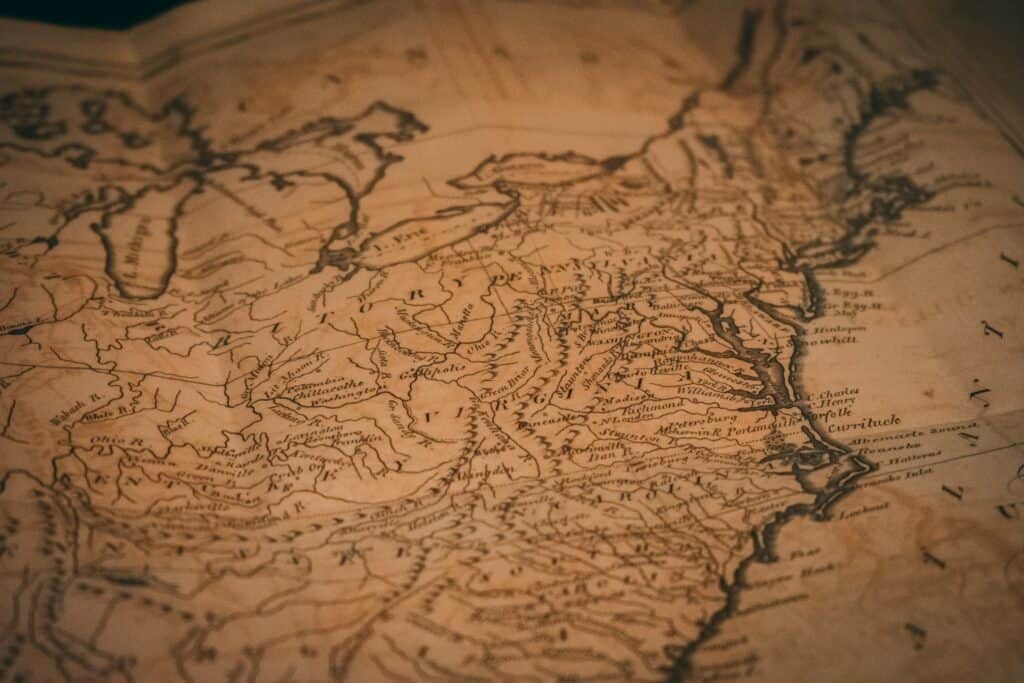
The Exeter Historical Society hosts monthly programmes from May to October to educate the public on Exeter’s involvement in the American Revolution, World War II, and the Civil War.
The museum also showcases the town’s modern history. Exhibits featuring quilts, art, and other pieces from local artists are often on display in the museum. The modern displays are changed annually, so there is always something new to discover.
Festivals
Powder Keg Beer & Chili Festival
The Powder Keg Beer & Chili Festival is an annual event held in Exeter, New Hampshire. The festival is hosted in October of each year in Swasey Parkway. The main attractions at the festival are free chili tastings and unlimited beer from local breweries.
Live music, entertainment, and food trucks are also featured at the festival. Another key attraction is the annual charity duck race. The race includes thousands of rubber ducks floating along a racetrack on the river and a prize raffle.
Exeter LitFest
Exeter LitFest is a literary event held during the first weekend of April each year. The event celebrates the literary history of Exeter, local authors, and famous locations around the town. Each year, the festival draws in visitors from the local community and elsewhere.

The festival features a walking trail around the town full of literary locations and a fundraiser for the nonprofit organisation that runs the event. Local authors also attend the event to present their works, read poetry, and host panels.
UFO Festival
Exeter, New Hampshire, was thrust to the front of the UFO community in September 1965. The town made front-page headlines overnight after a local teen and two police officers spotted a UFO.
The sighting brought national attention to the town and even sparked journalist John Fuller to write his bestselling book, Incident at Exeter. In 1996, the US military announced that they could not identify the object that the 3 men saw that night, making it one of the most puzzling UFO sightings in the United States.
The Exeter UFO Festival celebrates the anniversary of the 1965 UFO sighting. The event is a unique educational opportunity for UFO believers and sceptics. It also serves as a fundraiser for the local Exeter Area Kiwanis Club.
The festival features panels and speeches from local and national UFO enthusiasts who present their research and ideas about the objects. Books written by the guest speakers are available for purchase during the festival.

The American Independence Museum is a Fun Gateway to the Past
The American Independence Museum is a fascinating place with a unique history. The buildings, documents, and artefacts on display at the American Independence Museum were essential parts of the United States’ fight for independence against the British.
Although the American Independence Museum does not take long to explore, there is more history to be found throughout Exeter, New Hampshire. From other historical sites to the annual UFO Festival, there is much to do in the small town.
If you’re interested in US history, check out our blog on the Most Well-Liked US Presidents in History.


